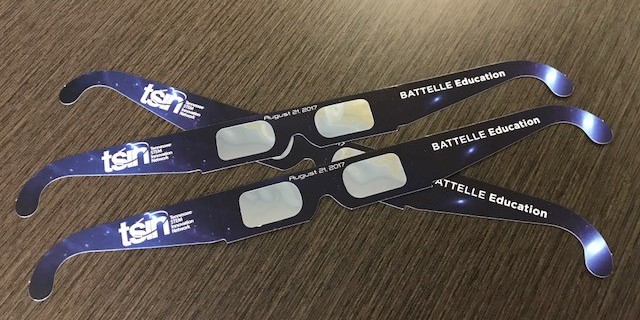
On August 21, 2017, Tennessee will witness a rare, once-in-a-lifetime teachable moment. There has not been a total solar eclipse in the lower 48 states since 1979. This is a particularly awe-inspiring event for those in or along the Path of Totality. The Path of Totality stretches along a 70-mile wide band that will pass through the mid-state. Those outside the Path of Totality will still witness an amazing 90% solar eclipse, so every student in Tennessee will observe a partial eclipse.
The Tennessee STEM Innovation Network (TSIN) wants to provide educators and students materials to help them prepare for this historic event. Don’t be surprised by this unexpected plunge into darkness and a nearly 20-degree drop in temperature for over two minutes!
How do you know if you are in the Path of Totality?
NASA provides several unique maps that show the path of the total solar eclipse this August. They offer several free resources, downloadable and interactive maps, posters, and fact sheets that can be found here.
Technology Integration—Engaging Students as Citizen Scientists
NASA is launching its newest app that allows students and teachers to become citizen scientists during the solar eclipse. This app encourages students to collect and analyze environmental observations. During a total solar eclipse, there are rapid atmospheric changes that cause temperature fluctuations and cloud formations that can be observed and reported through the app. The data collected will help scientists better understand what happens during a rare event like this one.
Does TSIN have resources schools can integrate into their instruction?
Safety during this spectacular event is a top priority. Professor Billy Hix, who formerly worked for NASA, shares tips and tricks for viewing a total solar eclipse in a three-part video series. Visit the TSIN youtube channel to view all three Solar Eclipse Videos. There are direct viewing tips for students who have access to safe solar viewing glasses as well as DIY indirect solar viewers for students who do not have safe solar viewing glasses.
There is also a downloadable Eclipse PBL Unit for grades 6-12 that has student teams research, create, and present their total solar eclipse findings. Visit the TSIN Eclipse page for additional resources for elementary, middle, and high school. Every second counts when you’re confronted with this magnificent a sight!
